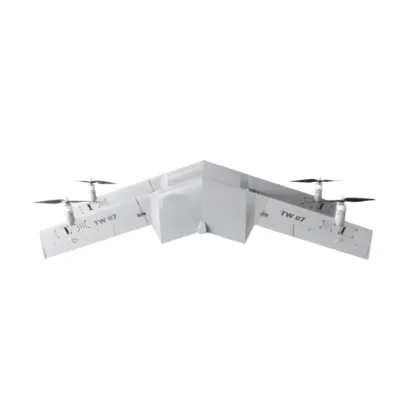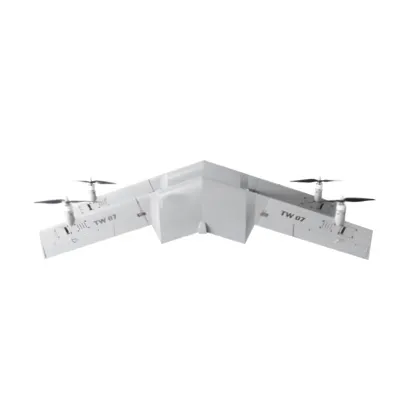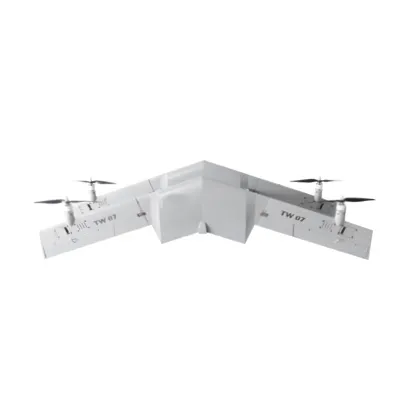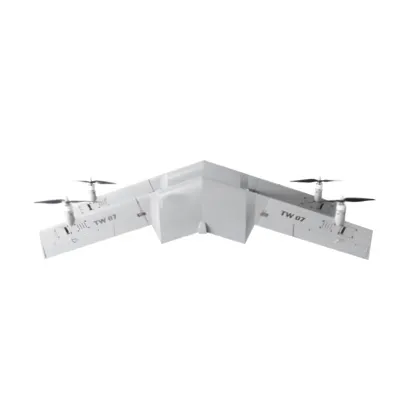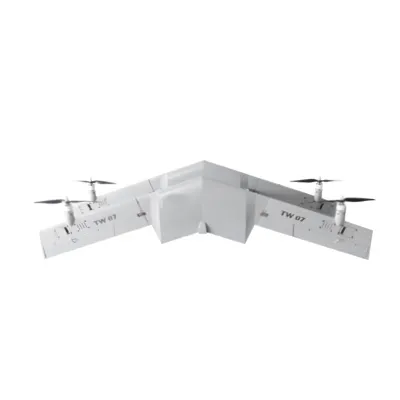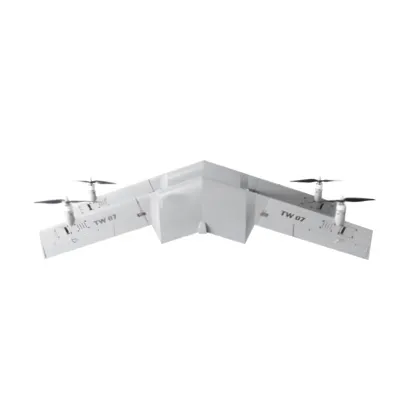
- afrikanska
- albanska
- amhariska
- arabiska
- armeniska
- azerbajdzjanska
- baskiska
- vitryska
- bengaliska
- bosniska
- bulgariska
- katalanska
- Cebuano
- Kina
- korsikanska
- Kroatisk
- tjeckiska
- danska
- holländska
- engelska
- esperanto
- estniska
- finska
- franska
- frisiska
- galiciska
- georgiska
- tyska
- grekiska
- Gujarati
- haitisk kreol
- Hausa
- hawaiianska
- hebreiska
- Inga
- Miao
- ungerska
- isländska
- igbo
- indonesiska
- irländsk
- italienska
- japanska
- javanesiska
- Kannada
- kazakiska
- Khmer
- rwandiska
- koreanska
- kurdiska
- kirgiziska
- Arbetskraft
- latin
- lettiska
- litauiska
- Luxemburgiska
- makedonska
- Madagaskar
- malajiska
- Malayalam
- maltesiska
- Maori
- Marathi
- mongoliska
- Myanmar
- nepalesiska
- norska
- norska
- occitanska
- Pashto
- persiska
- polska
- portugisiska
- Punjabi
- rumänska
- ryska
- Samoan
- skotsk gaeliska
- serbiska
- engelska
- Shona
- Sindhi
- singalesiska
- slovakiska
- slovenska
- somaliska
- spanska
- Sundanesiska
- Swahili
- svenska
- Tagalog
- tadzjikiska
- Tamil
- tatariska
- Telugu
- Thai
- turkiska
- turkmeniska
- ukrainska
- Urdu
- Uigur
- uzbekiska
- vietnamesiska
- walesiska
- Hjälp
- jiddisch
- Yoruba
- Zulu
The Expanding Role of Unmanned Aerial Vehicles in Emerging Sectors
Unmanned aerial vehicles (UAVs), or drones, are increasingly becoming critical tools across a wide range of industries. This article will explore the growing role of UAVs in these emerging sectors and examine how unmanned aerial vehicles are reshaping traditional methods and paving the way for new possibilities.1. Agriculture Drones: Transforming Modern Farming Practices.
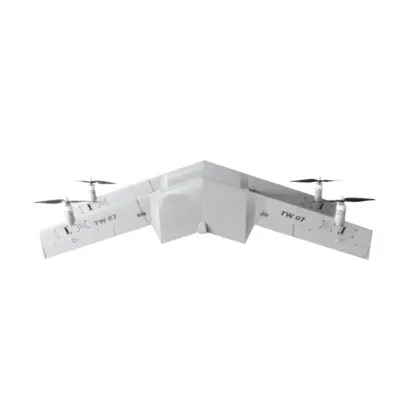
One of the most significant advancements in agriculture in recent years has been the introduction of agriculture drones. These UAVs provide farmers with an unprecedented level of precision and data that allows them to monitor crops, assess soil health, and optimize their operations. The agri drones used today are equipped with advanced cameras, multispectral sensors, and GPS systems that provide real-time data on crop performance, environmental factors, and more.
The ability to gather such detailed data with agri drones significantly improves a farmer's decision-making process. With the information gathered, farmers can make more informed decisions about when to plant, irrigate, and harvest. Additionally, agriculture drones can be used to detect pests, diseases, and nutrient deficiencies, allowing for targeted interventions that save both time and money. The application of agri drones also reduces the need for chemical treatments, promoting sustainable farming practices and reducing the environmental impact of agriculture.
Another significant advantage of agriculture drones is their ability to cover large areas in a short amount of time. With the help of UAVs, farmers can inspect their fields without having to walk the entire area manually, which can be both time-consuming and physically demanding. The result is more efficient land management and better yields, leading to increased profitability.
2. 4K Drones: A New Era of Cinematic Filmmaking
In the realm of entertainment and filmmaking, 4K drones have revolutionized the way aerial footage is captured. Previously, capturing high-quality aerial shots required expensive equipment, such as helicopters and cranes. With the development of 4K drones, however, filmmakers now have access to professional-grade equipment at a fraction of the cost. These drones are equipped with ultra-high-definition cameras that can record stunning video footage, enabling filmmakers to capture breathtaking shots from new angles.
One of the primary benefits of 4K drones is their ability to film with incredible clarity and detail. The high resolution of the 4K camera allows filmmakers to capture intricate shots, whether they are filming landscapes, action scenes, or close-ups of buildings and other structures. The ability to capture such high-quality footage with a drone provides content creators with more creative freedom and opens up new possibilities for storytelling.
Moreover, the integration of advanced stabilization technology in 4K drones ensures smooth and stable footage, even in challenging flying conditions. This technology allows filmmakers to achieve cinematic shots without the need for a large crew or expensive equipment. The ease of use and portability of 4K drones make them an attractive option for both amateur and professional filmmakers, enabling them to achieve high-end results with minimal effort.
3. Aerial Drones in Construction: Enhancing Site Monitoring and Management
In the construction industry, the adoption of aerial drones has streamlined many processes, from site surveying to progress monitoring. Aerial drones equipped with high-resolution cameras and LiDAR (Light Detection and Ranging) sensors can quickly capture detailed data on construction sites, providing real-time updates on the progress of a project. This data can be used to create accurate 3D models, map terrain, and track changes over time.
The use of aerial drones in construction has proven to be particularly valuable in large-scale projects, such as infrastructure development, road building, and real estate construction. By using drones to monitor construction sites, project managers can identify potential issues before they become major problems, such as delays or safety hazards. UAVs can also be used for inspections of hard-to-reach areas, such as rooftops, tall buildings, and towers, reducing the need for workers to climb or use scaffolding.
Another advantage of using aerial drones in construction is the ability to track project timelines more effectively. With the help of real-time aerial footage, project managers can compare the actual progress of a construction site to the planned schedule, allowing them to make necessary adjustments and ensure that deadlines are met. This ability to monitor construction sites remotely also reduces costs, as fewer on-site workers are required for surveying and inspections.
4. The Future of UAVs in Logistics and Delivery
One of the most exciting applications of unmanned aerial vehicles is in logistics and delivery. Companies like Amazon, Google, and UPS are investing heavily in drone technology to revolutionize the way goods are transported. The idea of using air drones to deliver packages directly to customers' doorsteps has gained significant traction in recent years, and we are now beginning to see the early stages of this transformation.
Air drones are particularly well-suited for delivery services because they can bypass road traffic, significantly reducing delivery times. In urban areas, where traffic congestion can cause delays, UAVs can offer a fast and efficient solution. Drones can deliver packages directly to homes, offices, and remote locations, making them ideal for industries like e-commerce, healthcare, and food delivery.
In addition to speed, the use of air drones in logistics has the potential to reduce costs. By eliminating the need for traditional delivery vehicles and drivers, companies can lower transportation expenses and reduce their carbon footprint. With air drones able to operate autonomously, businesses can also operate 24/7 without the constraints of human labor, making deliveries faster and more cost-effective.
5. The Role of Aeronautics Drones in Aviation Research
In the aeronautics industry, aeronautics drones are playing a critical role in flight testing, research, and development. These UAVs are used to test new concepts in aviation, such as aerodynamic designs and new materials. By using aeronautics drones, researchers and engineers can simulate different flight conditions without the need for manned aircraft, reducing both costs and safety risks.
Aeronautics drones are also used to gather data on the performance of existing aircraft, allowing engineers to make improvements and refine designs. These drones are equipped with advanced sensors that can measure airflow, speed, altitude, and other variables, providing valuable insights that can lead to the development of more efficient and safer aircraft.
In addition to flight testing, aeronautics drones are also being used in the development of unmanned aerial systems (UAS) for military and civilian applications. These drones are paving the way for future aviation technology, from autonomous commercial aircraft to air taxis.
6. UAVs in Environmental Conservation and Monitoring
Environmental conservation has greatly benefited from the use of unmanned aerial vehicles. Drones are being used to monitor wildlife, assess forest health, track deforestation, and even measure pollution levels in remote areas. The ability of UAVs to fly over large areas quickly and gather high-quality data from hard-to-reach places has made them invaluable tools in environmental conservation efforts.
For example, aerial drones are used to monitor endangered species, track their movements, and observe their habitats. These drones can fly over wildlife reserves, national parks, and forests without disturbing the animals, providing researchers with valuable insights into animal behavior and habitat changes. Aerial drones are also used to monitor air quality, assess climate change impacts, and measure soil conditions in remote regions.
The use of unmanned aerial vehicles in environmental monitoring is helping scientists collect data more efficiently and effectively, leading to better conservation strategies and more sustainable practices.
Conclusion: The Future of UAVs in Emerging Sectors
As unmanned aerial vehicles continue to evolve, their role in emerging sectors will only expand. The transformative impact of drones on agriculture, filmmaking, construction, logistics, and environmental conservation is just the beginning. With advancements in AI, battery technology, and sensor capabilities, unmanned aerial vehicles will continue to drive innovation, providing industries with new ways to operate more efficiently, reduce costs, and improve their overall impact.
From agri drones revolutionizing farming to 4K drones reshaping cinematography, the potential for UAVs in emerging sectors is vast. As businesses and industries embrace this technology, unmanned aerial vehicles will undoubtedly continue to play a significant role in shaping the future.
Detta är den första artikeln






